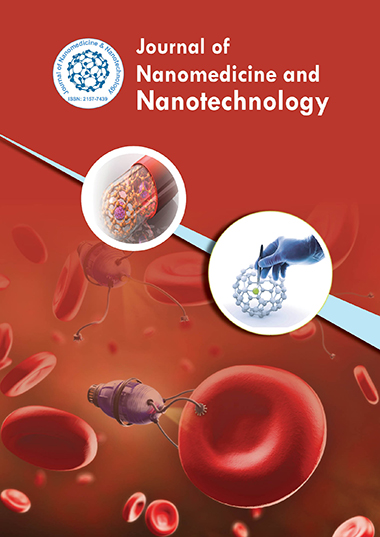में अनुक्रमित
- जे गेट खोलो
- जेनेमिक्स जर्नलसीक
- शैक्षणिक कुंजी
- जर्नल टीओसी
- अनुसंधान बाइबिल
- चीन राष्ट्रीय ज्ञान अवसंरचना (सीएनकेआई)
- Scimago
- उलरिच की आवधिक निर्देशिका
- इलेक्ट्रॉनिक जर्नल्स लाइब्रेरी
- RefSeek
- हमदर्द विश्वविद्यालय
- ईबीएससीओ एज़
- ओसीएलसी- वर्ल्डकैट
- एसडब्ल्यूबी ऑनलाइन कैटलॉग
- जीव विज्ञान की वर्चुअल लाइब्रेरी (विफैबियो)
- पबलोन्स
- मियार
- वैज्ञानिक अनुक्रमण सेवाएँ (एसआईएस)
- यूरो पब
- गूगल ज्ञानी
उपयोगी कड़ियां
इस पृष्ठ को साझा करें
जर्नल फ़्लायर

एक्सेस जर्नल खोलें
- अभियांत्रिकी
- आनुवंशिकी एवं आण्विक जीवविज्ञान
- इम्यूनोलॉजी और माइक्रोबायोलॉजी
- औषधि विज्ञान
- कृषि और जलकृषि
- चिकित्सीय विज्ञान
- जीव रसायन
- जैव सूचना विज्ञान और सिस्टम जीवविज्ञान
- तंत्रिका विज्ञान और मनोविज्ञान
- नर्सिंग एवं स्वास्थ्य देखभाल
- नैदानिक विज्ञान
- पदार्थ विज्ञान
- पर्यावरण विज्ञान
- पशु चिकित्सा विज्ञान
- भोजन एवं पोषण
- रसायन विज्ञान
- व्यवसाय प्रबंधन
- सामान्य विज्ञान
अमूर्त
A Self-assembling Nanomaterial Reduces Acute Brain Injury and Enhances Functional Recovery in a Rat Model of Hypertensive Intracerebral Hemorrhage
Lynn Yan-Hua Sang, Yu-Xiang Liang, Kwok-Fai So, Gilberto Ka-Kit Leung, Rutledge G Ellis-Behnke and Raymond Tak-Fai Cheung
Intracerebral hemorrhage (ICH) carries a high morbidity and mortality rate. High systolic blood pressure promotes hematoma growth. A self-assembling peptide (SAP) can achieve immediate hemostasis via formation of a SAP nanofiber scaffold (SAPNS). A minimally invasive aspiration of hematoma plus local delivery of SAPNS may lead to decompression of brain tissue and prevent hematoma growth.
In a rat model of renovascular hypertension, experimental ICH was induced by a local injection of bacterial collagenase IV into the left basal ganglia. At 3.5 hours after induction of ICH, stereotactic clot aspiration or sham aspiration was performed manually. Following hematoma aspiration, an intrastriatal injection of 1% SAP, saline or sham injection was performed. Hematoma volume and brain swelling were quantified at 24 hours after ICH. Brain sections were immuno histochemically processed for myeloperoxidase and CD68 to detect the inflammatory infiltration in the perihematomal area. Perihematomal apoptotic cell death was determined using TUNEL staining. Functional recovery was assessed using neurological severity score and modified limb placement test at 1, 3, 7, 10 days after ICH.
The combined treatment with hematoma removal and locally delivered SAPNS decreased hematoma volume, hematoma growth, brain edema, perihematomal inflammatory cell infiltration and apoptosis, as well as improved sensorimotor functional recovery.
Locally delivered SAPNS after hematoma aspiration may prevent hematoma growth, facilitate the repair of ICHrelated brain injury and promote functional recovery. Such combined treatment may be effective in patients with hypertensive ICH.